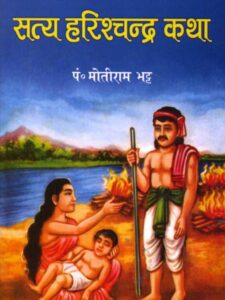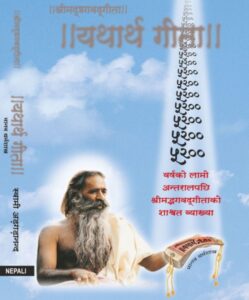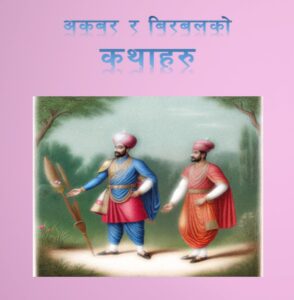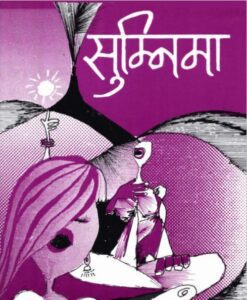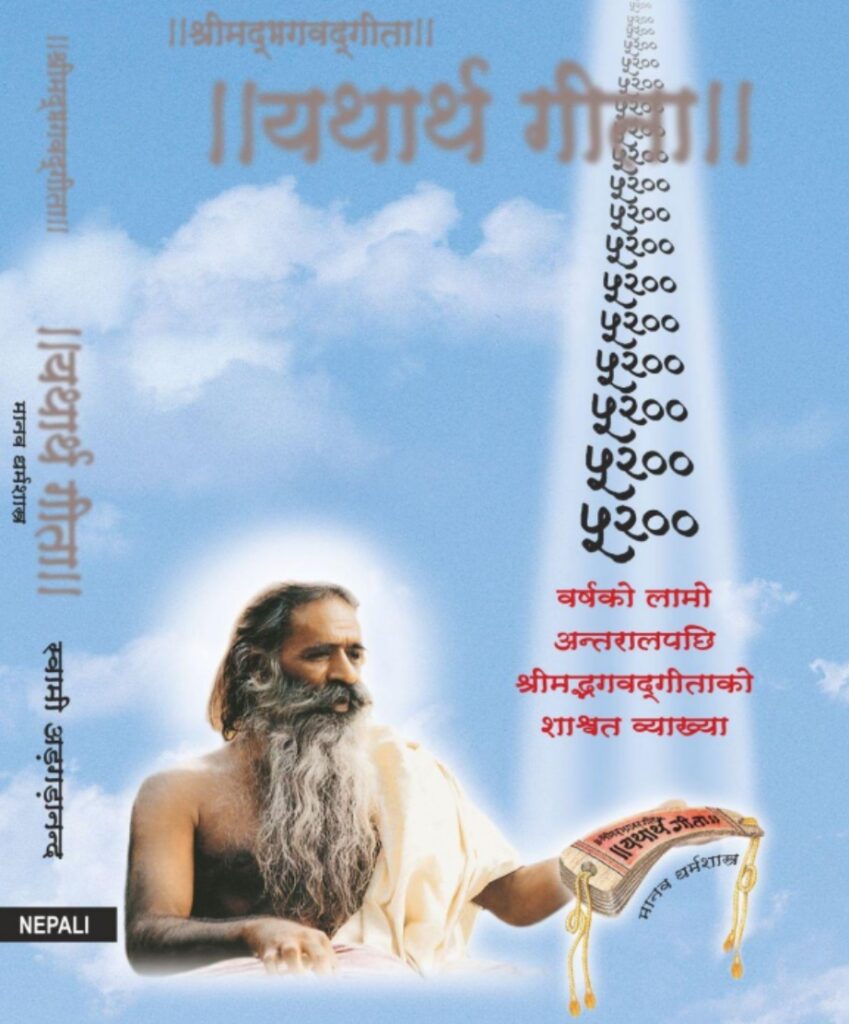Swasthani Brata Katha
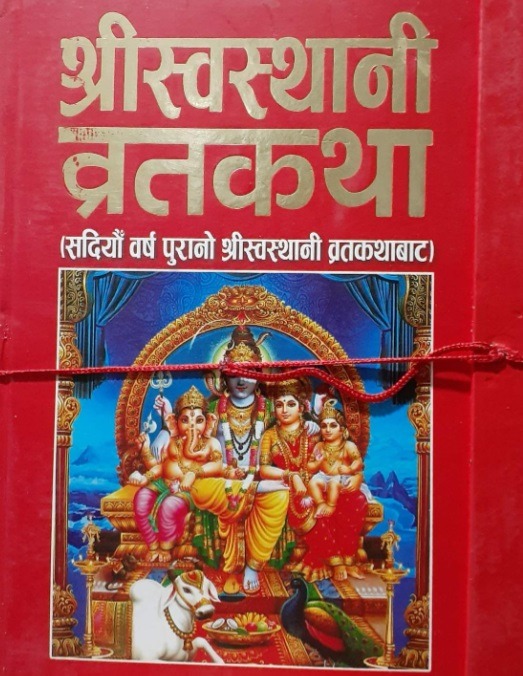
eBook- Swasthani Brata Katha (स्वस्थानी ब्रत कथा)

Exploring the Significance of Swasthani Brata Katha: A Sacred Narrative in Nepali Culture
Introduction:
Swasthani Brata Katha is a revered religious narrative deeply ingrained in Nepali culture, celebrated with fervor and devotion by millions of people across the country. This sacred story, composed in the Maithili language, recounts the tales of Hindu gods and goddesses, particularly focusing on the divine deeds of Swasthani Devi and Lord Shiva. In this essay, we delve into the significance of Swasthani Brata Katha, examining its origins, themes, rituals, and enduring impact on Nepali society.
Origins and Background:
The origins of Swasthani Brata Katha can be traced back to ancient Hindu scriptures and oral traditions. It is believed to have been first narrated by the sage Suta to the assembled sages at the Naimisharanya forest during the reign of King Shalivahan. Over time, the narrative evolved and was eventually compiled into a comprehensive text, comprising various stories and legends associated with Hindu mythology.
Themes and Narratives:
Swasthani Brata Katha primarily revolves around the divine exploits of Swasthani Devi, a manifestation of Goddess Parvati, and Lord Shiva, her consort. The narrative spans over a month-long period, typically observed during the month of Magh (January-February), with devotees undertaking rigorous fasting and daily rituals. The stories within the Katha encompass a wide range of themes, including devotion, sacrifice, redemption, and the triumph of good over evil.
Central Characters:
The central characters of Swasthani Brata Katha are Swasthani Devi, Lord Shiva, and various other deities and celestial beings from Hindu mythology. Swasthani Devi is portrayed as a benevolent goddess who grants boons to her devotees and protects them from adversities. Lord Shiva, her consort, symbolizes the divine masculine energy and is revered as the Supreme God in Shaivism. The narrative also features characters such as Ganesh, Kartikeya, Vishnu, and Brahma, each playing a significant role in the unfolding of events.
Rituals and Observances:
The observance of Swasthani Brata Katha involves a series of rituals and practices performed by devotees with utmost devotion and piety. The Brata (fasting) typically begins on the full moon day of Poush (December-January) and concludes on the full moon day of Magh. During this period, devotees recite the sacred verses of Swasthani Brata Katha daily, offer prayers, and make offerings to the deities. Fasting, meditation, and acts of charity are also integral aspects of the Brata, symbolizing purification and spiritual upliftment.
Spiritual Significance:
Swasthani Brata Katha holds immense spiritual significance for Nepali Hindus, offering them an opportunity to deepen their faith and devotion towards the divine. The rigorous observance of the Brata is believed to bestow blessings, fulfill wishes, and cleanse one’s sins, thereby paving the way for spiritual growth and enlightenment. The stories narrated within the Katha serve as moral lessons, inspiring devotees to lead righteous lives and cultivate virtues such as compassion, humility, and selflessness.
Cultural Impact:
Beyond its religious significance, Swasthani Brata Katha plays a pivotal role in shaping the cultural ethos of Nepali society. The month-long observance of the Brata fosters a sense of community and solidarity among devotees, who come together to perform rituals, share experiences, and seek divine blessings. The Katha is also celebrated through various cultural events, including musical performances, recitations, and dramas, showcasing the rich artistic heritage of Nepal.
Conclusion:
Swasthani Brata Katha stands as a testament to the enduring spiritual legacy of Nepal, embodying the timeless wisdom and devotion of its people. Through its sacred narratives, rituals, and observances, the Katha continues to inspire millions of devotees to connect with the divine and lead virtuous lives. As a cherished tradition passed down through generations, Swasthani Brata Katha remains an integral part of Nepali culture, reminding us of the profound significance of faith, devotion, and spiritual enlightenment.
